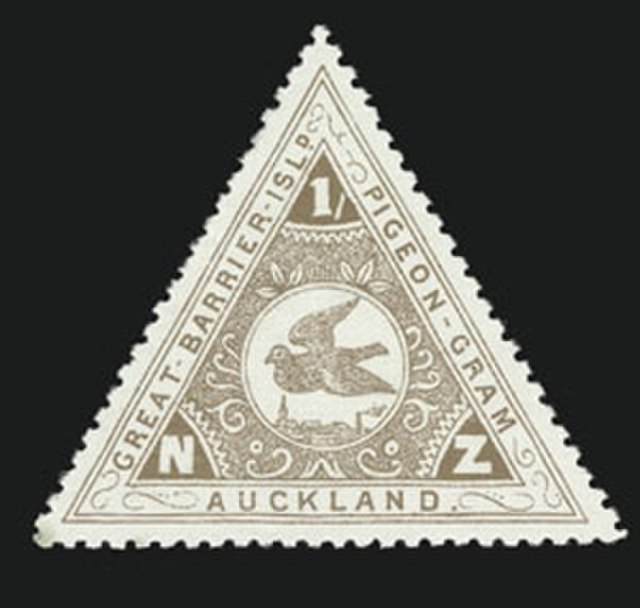Pigeon post is the use of homing pigeons to carry messages. Pigeons are effective as messengers due to their natural homing abilities. The pigeons are transported to a destination in cages, where they are attached with messages, then the pigeon naturally flies back to its home where the recipient could read the message. They have been used in many places around the world. Pigeons have also been used to great effect in military situations, and are in this case referred to as war pigeons.
Young lady in oriental clothing with a homing pigeon (19th century painting)
Pigeon post (1843 painting by Miklós Barabás)
Siege of Paris 1870–1871, pigeon post medal by the artist Charles Degeorge.
Dispatches (service des dépêches par pigeons voyageurs) connecting the French communication lines during the Siege of Paris in the Franco-Prussian War, 1870–1871. (Smithsonian National Postal Museum)
The homing pigeon, also called the mail pigeon or messenger pigeon, is a variety of domestic pigeons derived from the wild rock dove, selectively bred for its ability to find its way home over extremely long distances. The rock dove has an innate homing ability, meaning that it will generally return to its nest using magnetoreception. Flights as long as 1,800 km have been recorded by birds in competitive pigeon racing. Their average flying speed over moderate 965 km distances is around 97 km/h and speeds of up to 160 km/h have been observed in top racers for short distances.
A messenger pigeon on a house roof
A group of homing pigeons in flight
A modern day racing pigeon wearing an electronic timing ring
Stamp for early Pigeon-Gram Service








